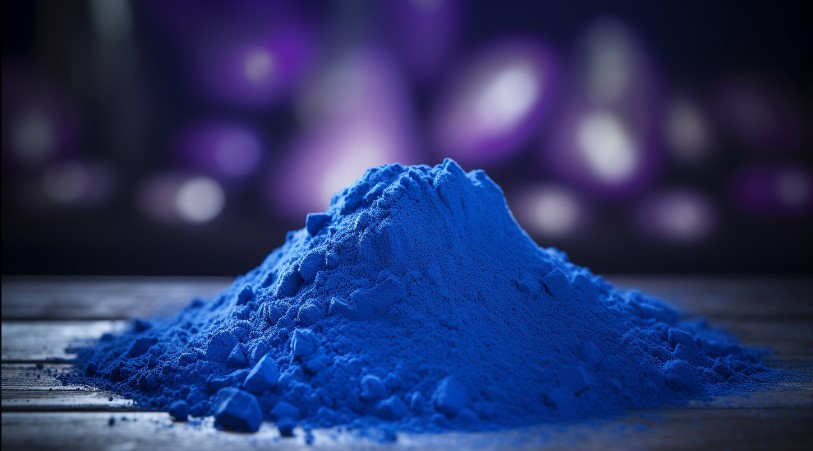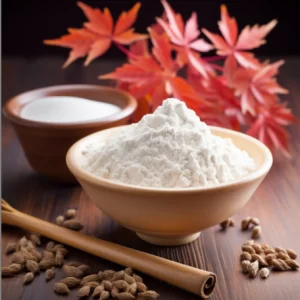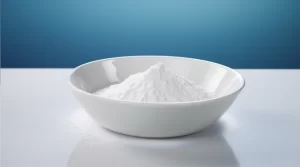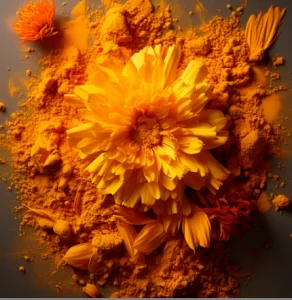Что такое фикоцианин экстракта спирулины
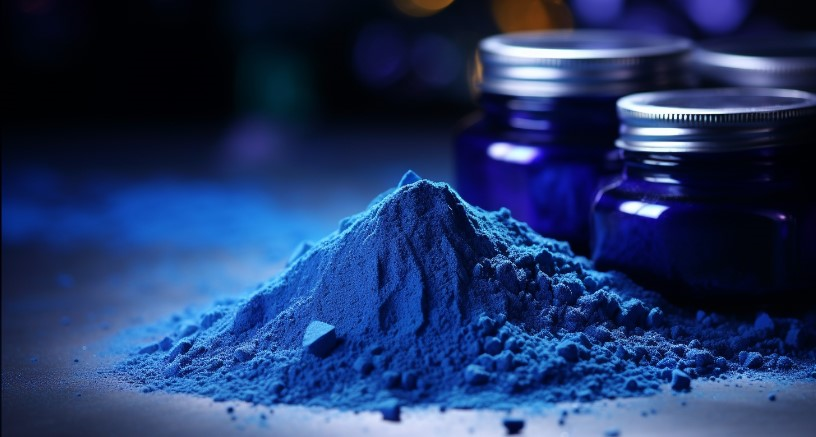
Экстракт спирулины Фикоцианин is an extract of Spirulina. It is a food raw material extracted from Spirulina through mild physical methods such as concentration, centrifugation, and filtration. Only water is added as an additive throughout the process. It is a very safe and healthy natural blue pigment.
Spirulina Extract Phycocyanin E25 is a new type of natural pigment, and its good functionality is being continuously studied and proven around the world. As people pay more attention to healthy life, and the harm of chemically synthesized pigments to the human body is constantly confirmed, the market trend of natural pigments is becoming more and more urgent. This year, the European Union has banned the use of chemically synthesized blue pigments in the food and pharmaceutical fields. Phycocyanin has become an edible blue pigment recognized by the EU and a natural blue pigment recognized by the US FDA. The European Union has classified phycocyanin as a color food raw material and a non-food additive, and its use in food is not restricted. China’s GB2760 food additive catalog also allows the use of algae as a natural colorant.
Экстракт спирулины Фикоцианин is a major functional protein in Spirulina, accounting for 20% of the dry basis of Spirulina. Phycocyanin can be used as a natural colorant and raw material for nutraceuticals in the food industry; it can be developed as an additive in the cosmetics industry; it also has great development potential in the pharmaceutical industry. However, phycocyanin is sensitive to light and heat, and intolerant Due to its acid-base characteristics, the industrial application of phycocyanin has not yet become widespread. However, in recent years, with the advancement of science and technology, phycocyanin separation and purification technology has been continuously updated and iterated, and its product quality and economy have improved rapidly, making the development and application fields increasingly attract the attention of various industries and scholars.Phycocyanin has antioxidant activity. Studies have shown that phycocyanin can regulate metabolic disorders caused by the scavenging and production of free radicals, which are directly or indirectly related to the occurrence of many diseases.
Spirulina Extract Phycocyanin, also known as Spirulina blue color (algae blue, lina blue), is a natural product with a variety of physiological activities. The usage amount is recommended in the standard GB2760-2011 “Hygienic Standard for the Use of Food Additives” is 0.8g/kg.
Spirulina Extract Phycocyanin is widely used in many fields, including: food and beverage industry; pharmaceutical field; cosmetics and personal care products field; biotechnology field; next we will focus on the food and beverage field to explain in detail.
Экстракт спирулины Фикоцианин food coloring
The bright blue-green color of phycocyanin makes it an ideal natural food colorant. It can be used in candies, biscuits, pastries, juices, desserts and other foods to give the foods bright colors and improve the appeal of the products.
Spirulina Extract Phycocyanin Antioxidants
As a natural antioxidant, phycocyanin can extend the shelf life of foods and beverages. It has antioxidant properties, which can reduce oxidation reactions and food spoilage, maintaining the freshness and quality of food.
Spirulina Extract Phycocyanin functional ingredients
Phycocyanin is rich in protein, amino acids, vitamins, minerals and other nutrients. Therefore, it can be used as a functional ingredient to increase the nutritional value of foods. In addition, phycocyanin also has various biological activities such as anti-inflammatory, blood pressure lowering and antioxidant, and has potential in manufacturing healthy functional foods and beverages.
Spirulina Extract Phycocyanin All natural and sustainable
Phycocyanin is a natural pigment extracted from algae. Compared with synthetic colors, it is more in line with modern consumers’ needs for natural and sustainable food. The extraction process of phycocyanin is relatively environmentally friendly, and the algae can grow sustainably in a variety of waters.
Spirulina Extract Фикоцианин New products development
The wide range of applications of phycocyanin provides opportunities for innovation in the food and beverage industry. By leveraging the color, preservation and functionality of phycocyanin, new products with unique characteristics and health attributes can be developed to meet consumer needs.
Below are some references that can be used to substantiate the use of phycocyanin in the food and beverage industry and related data points:
1. Li Jingjing, Liu Yesheng, Zhang Bing, et al. Research progress on the application of phycocyanin in the food industry [J]. Agricultural Products Processing (Academic Edition), 2015(19): 247-250. This literature reviews the application of phycocyanin in Applications in the food industry include use as food colorants, preservatives and functional ingredients. Through the literature review, the authors highlight the potential of phycocyanin for widespread applications in the food sector.
2. Chen Xuejuan, Jiang Bo. Research progress on the application of phycocyanin in the food industry [J]. Food Science, 2016, 37(01): 275-279. This article reviews the application of phycocyanin in the food industry , including its use in dairy products, pastries, beverages and other foods, as well as its impact on the color, antioxidant properties and stability of these products.
3. Zhu Jing, Qin Xiubin, Yu Lingzhi. Research progress on cyanobacterial protein extraction technology and application [J]. Food and Fermentation Industry, 2012, 38(11): 343-347. This document reviews the extraction technology of phycocyanin and applied research progress, with special attention to its applications in the food industry. Data perspectives include extraction and purification methods of phycocyanin, color characteristics, and its application effects in meat products, beverages, pastries and other foods.
4. Prasanna R, Sood A, Jaiswal P. Cyanobacterial pigments and phycobiliproteins and their applications[J]. Handbook of Marine Microalgae: Biotechnology Advances, 2015: 511-512. This book chapter discusses the application of cyanobacterial pigments and phycocyanins Properties, extraction and applications. Data perspectives include phycocyanin’s stability, optical properties, and application examples in food, medicine, and other industrial fields.
